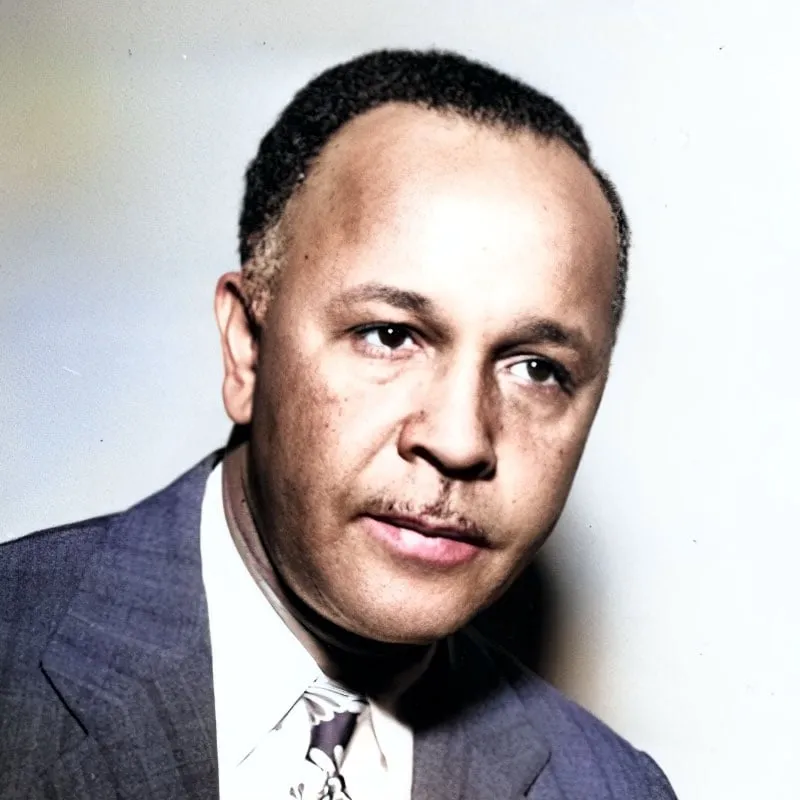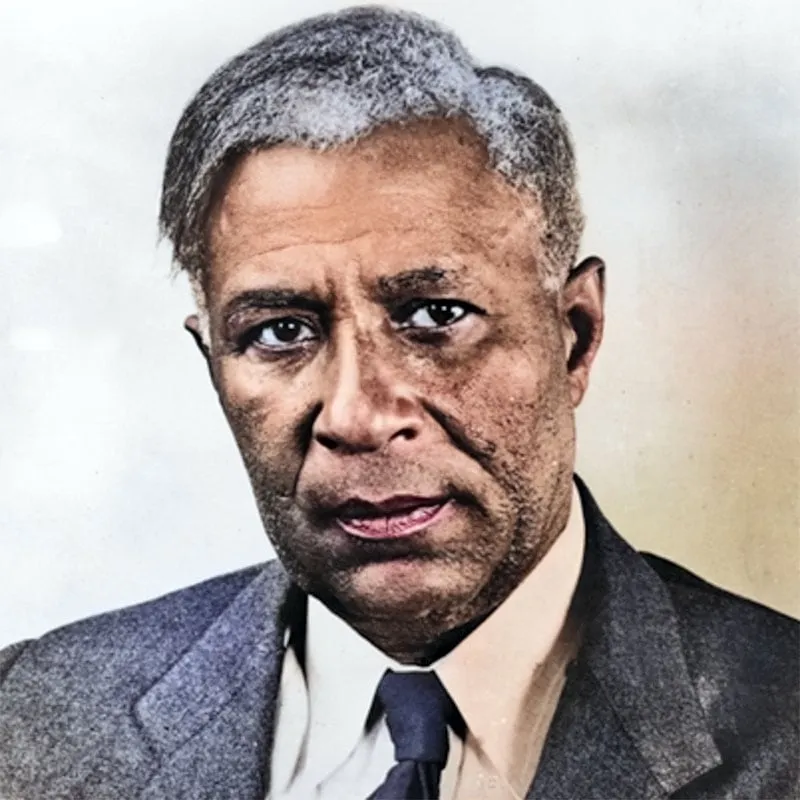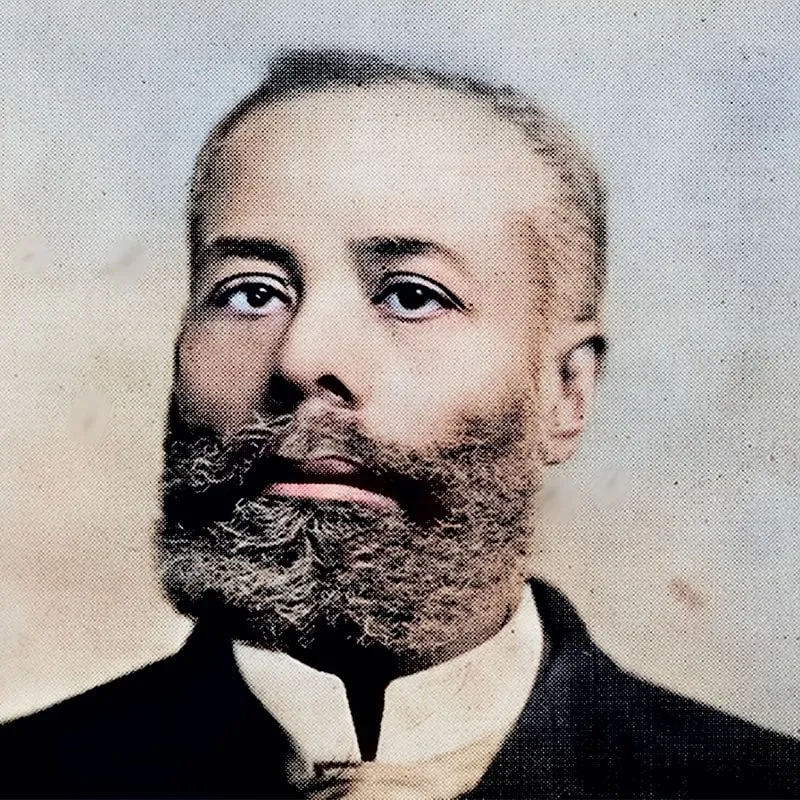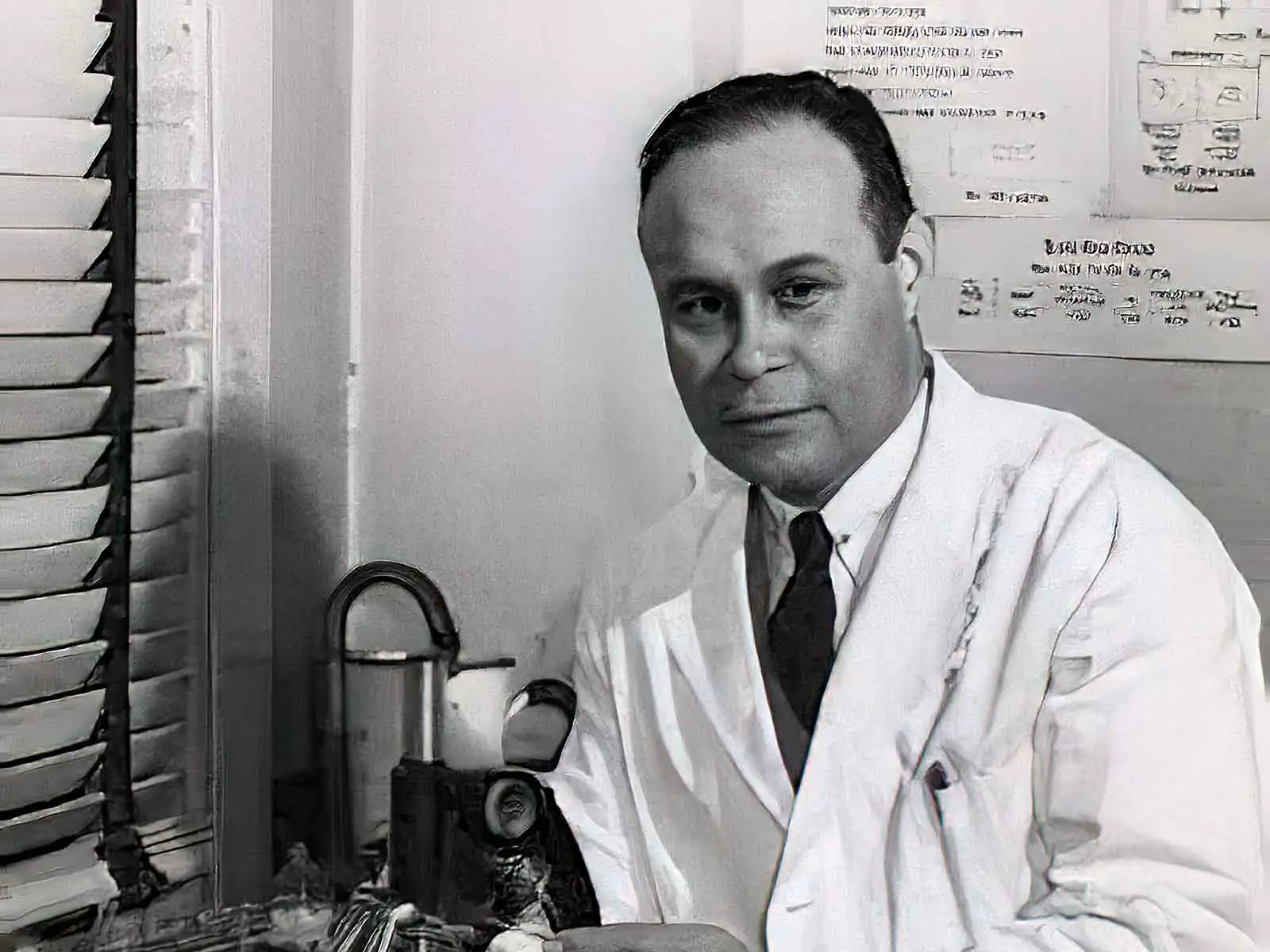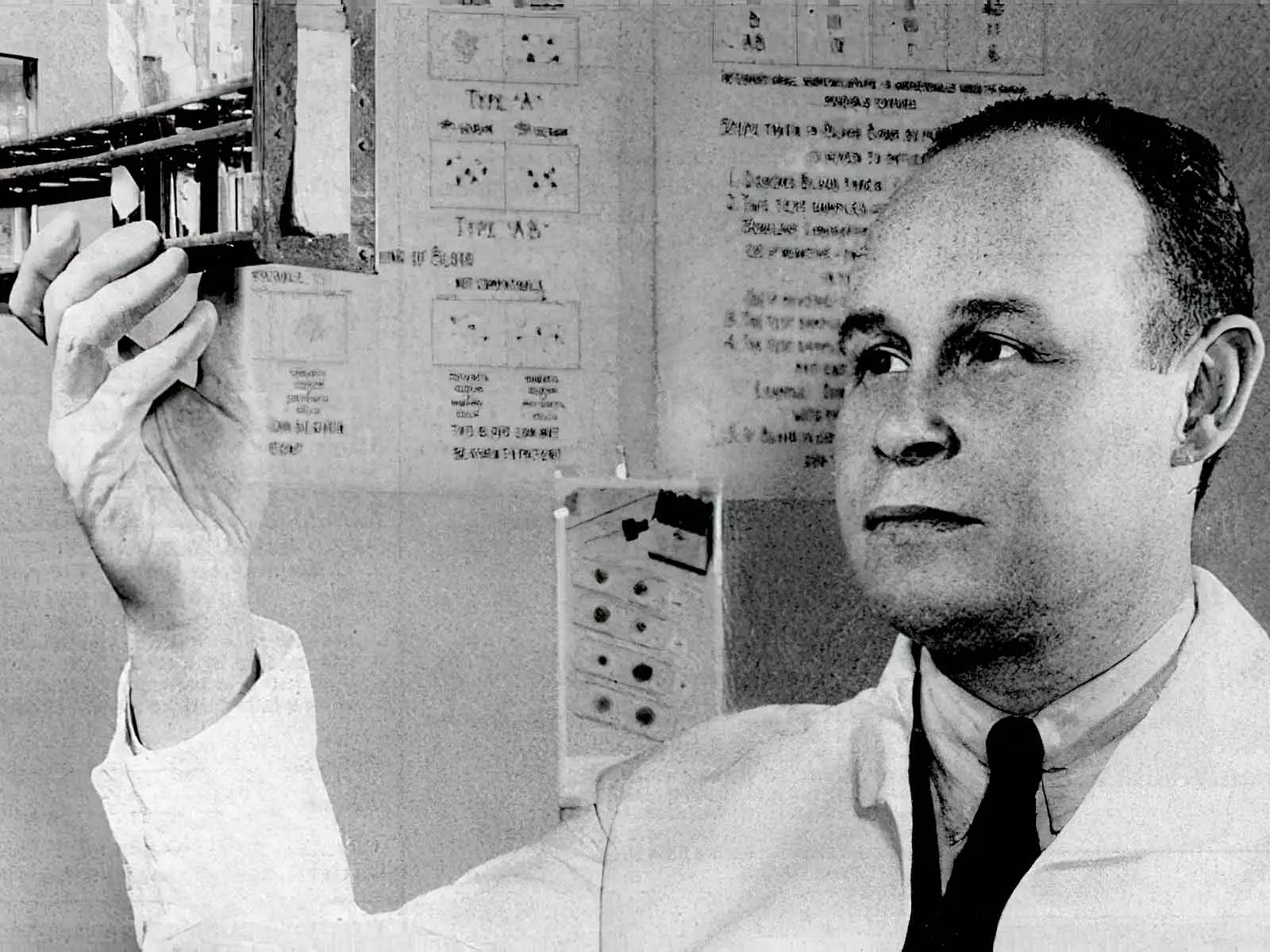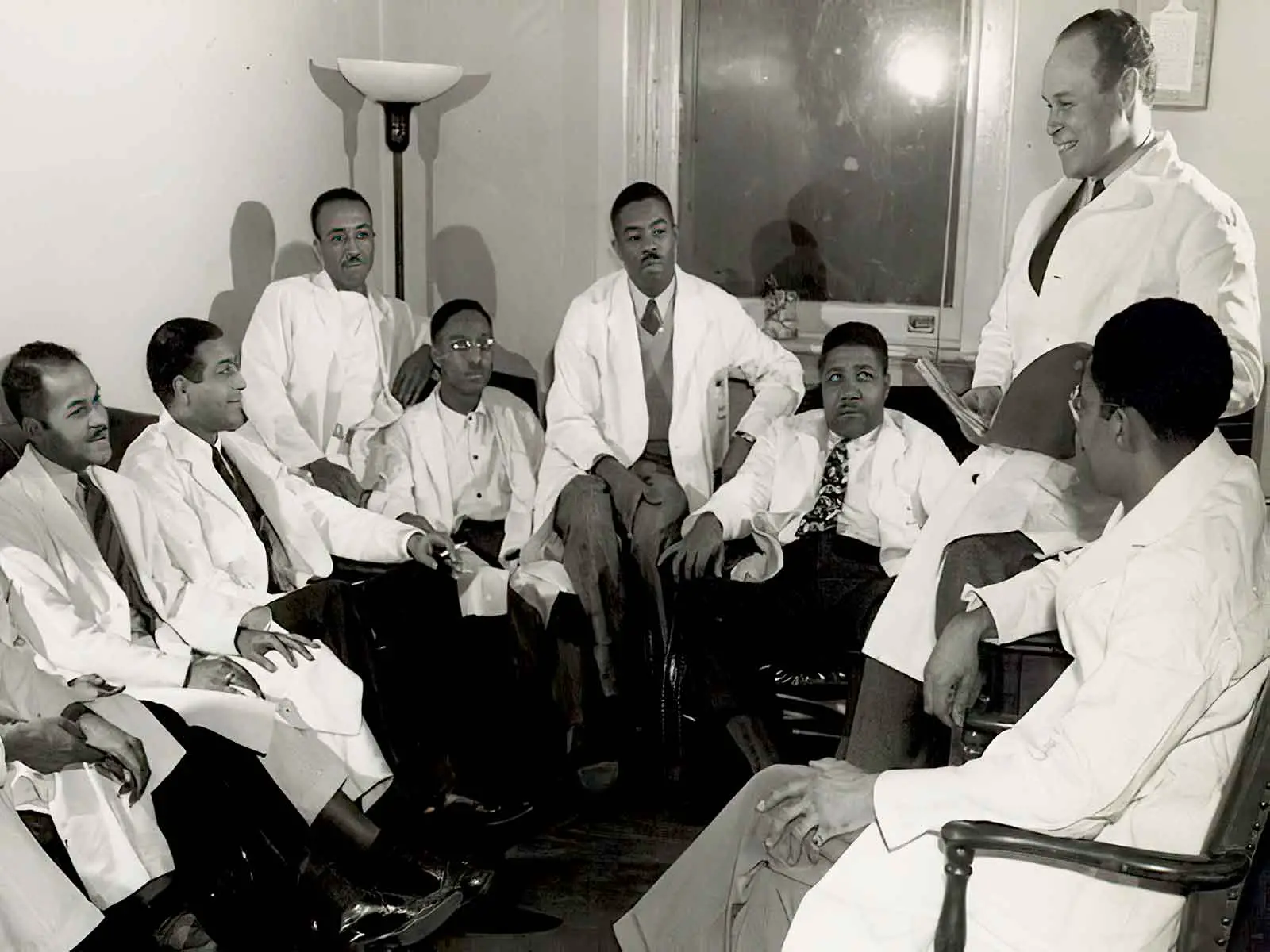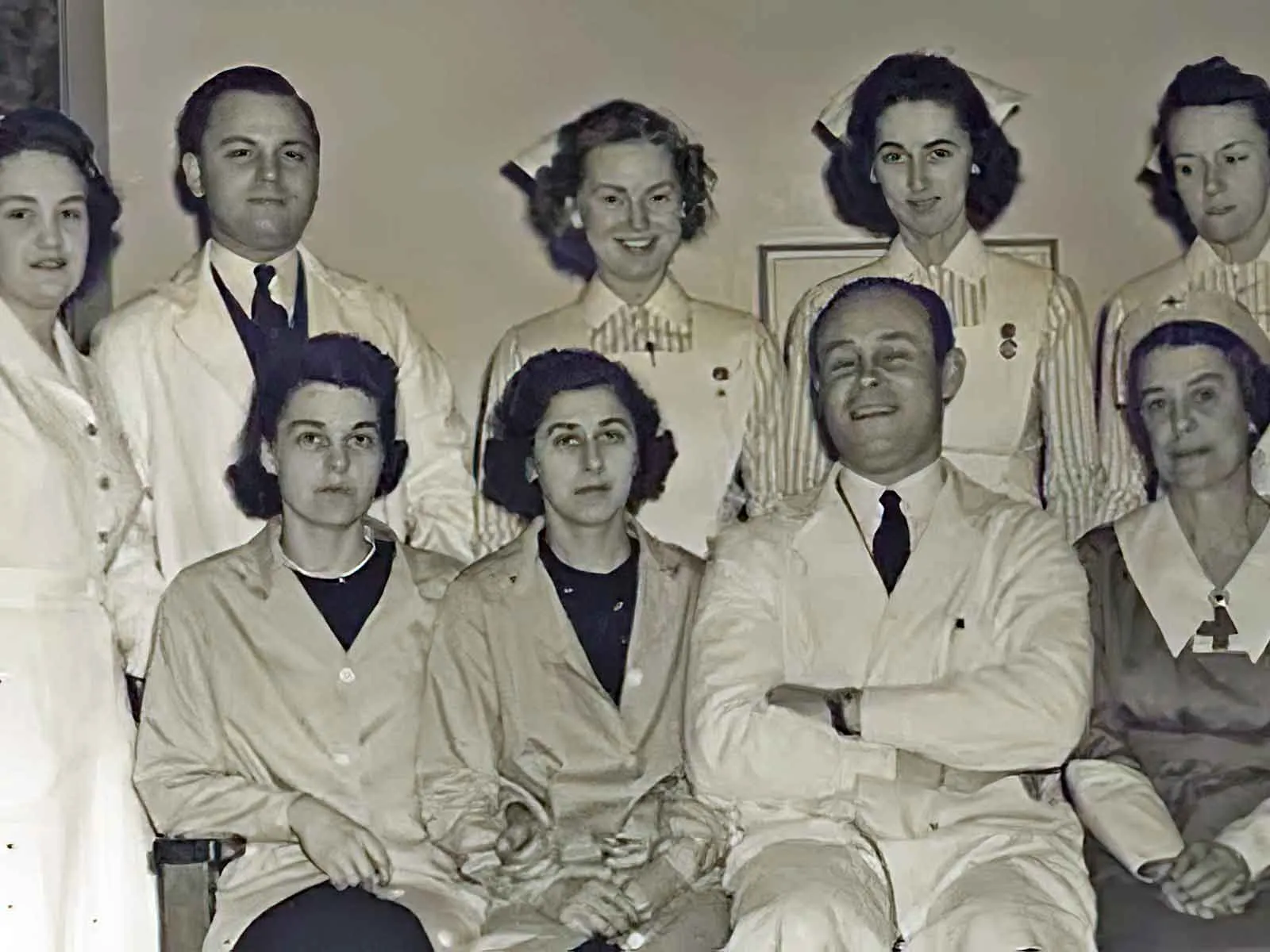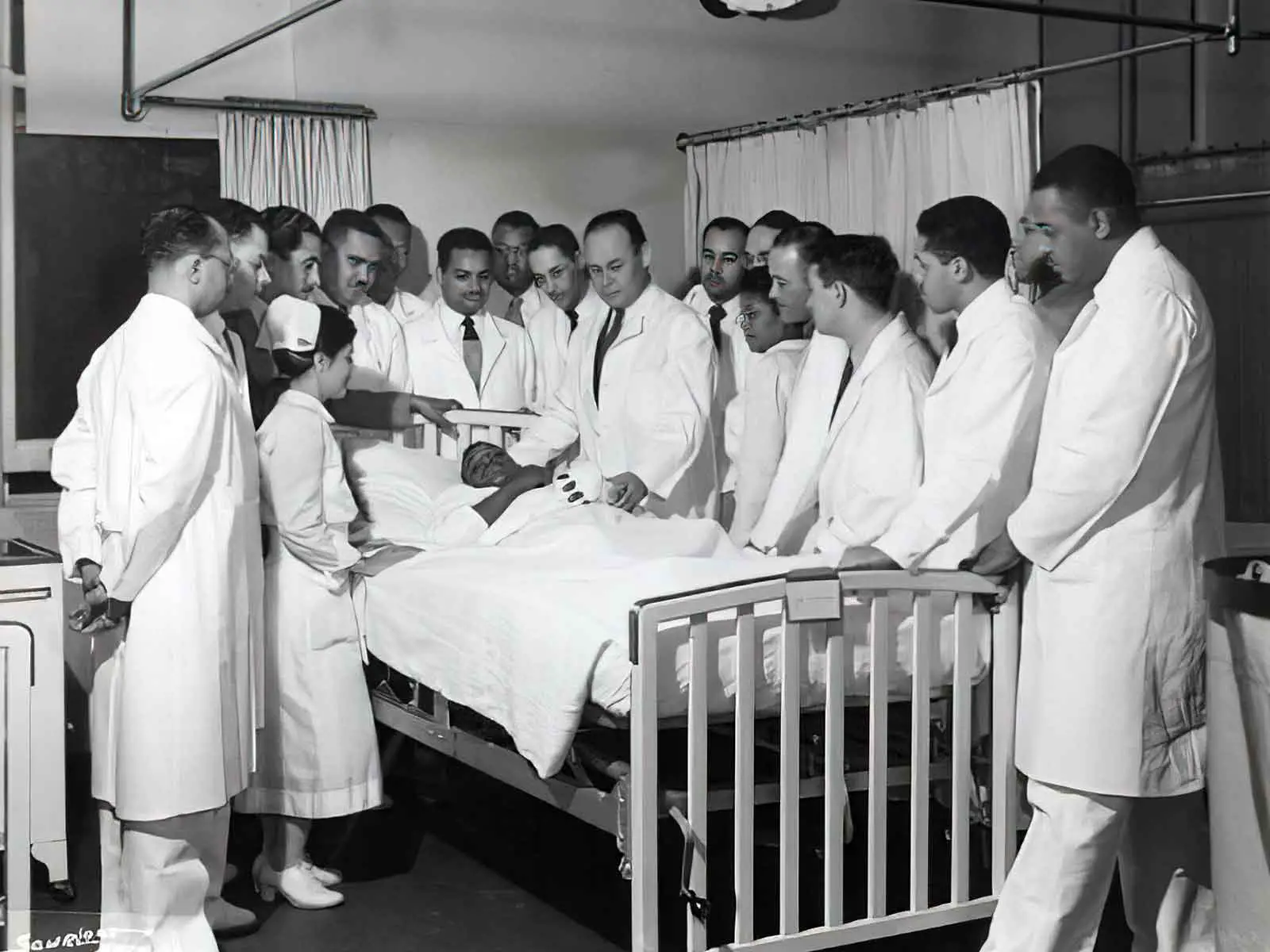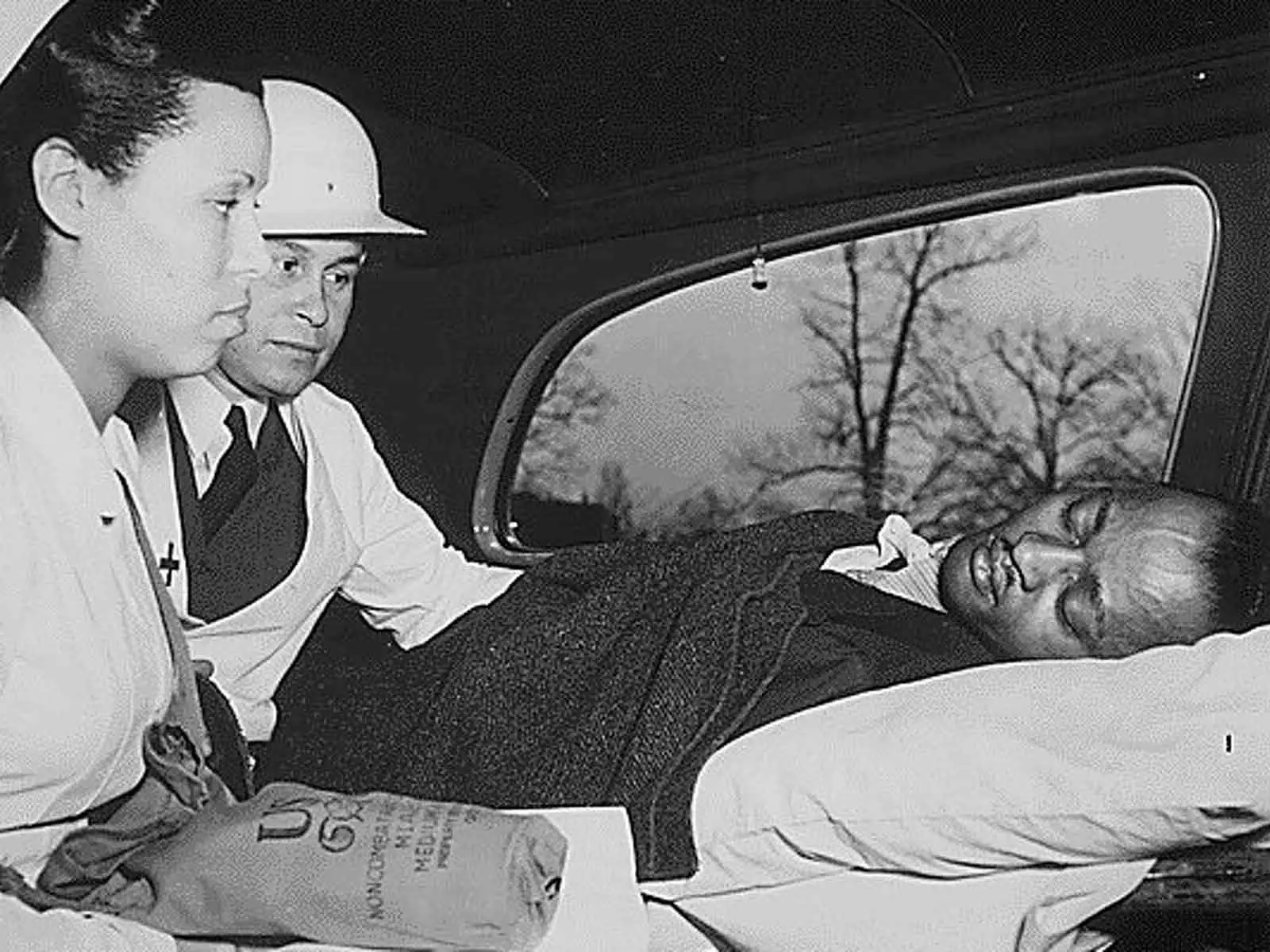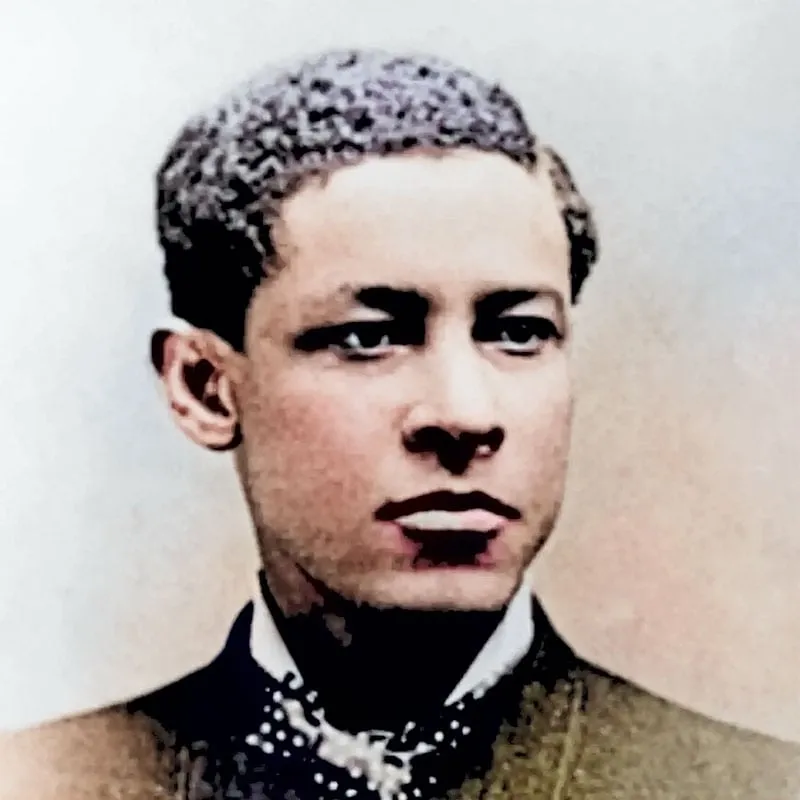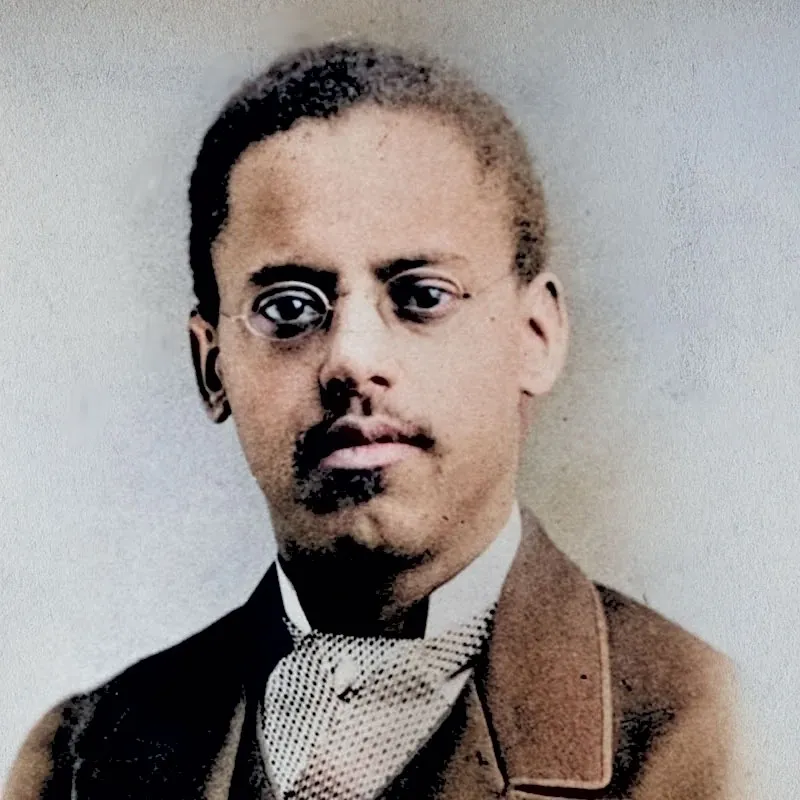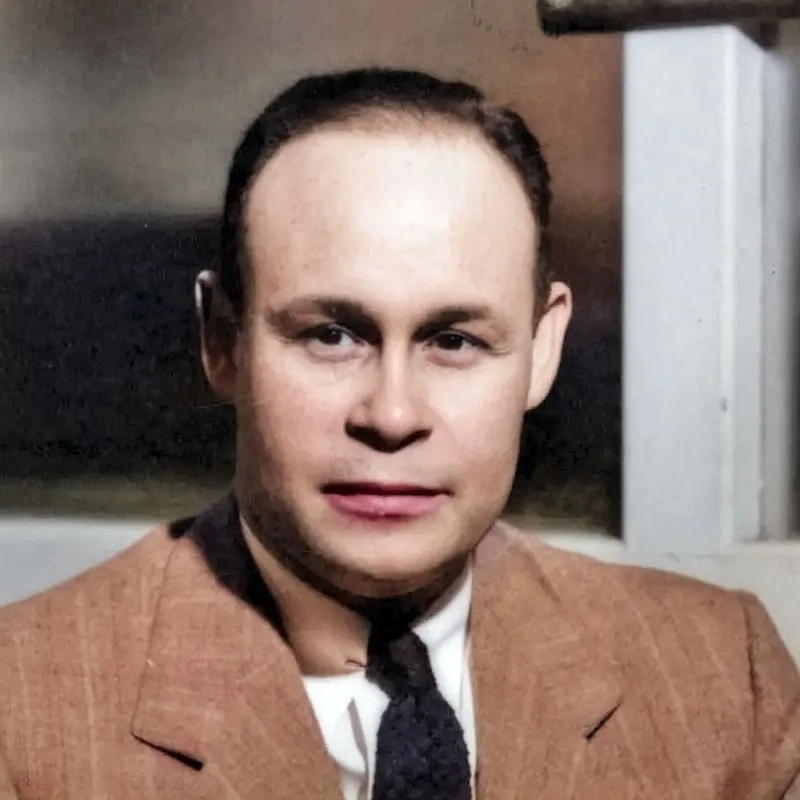
Charles Drew
Pioneer of the Modern Blood Bank
Charles’ early interests were in education, particularly in medicine, but he was also an outstanding athlete. As a youngster he was an award winning swimmer and starred Dunbar High School in football, baseball, basketball and track and field, winning the James E. Walker Memorial medal as his school’s best all around athlete. After graduation from Dunbar in 1922, he went on to attend Amherst College in Massachusetts where he captained the track team and starred as a halfback on the school’s football team, winning the Thomas W. Ashley Memorial trophy in his junior year as the team most valuable player and being named to the All-American team. Drew had a rich assortment of graduation announcements and convocations since his education was extensive through his life. Upon graduation from Amherst in 1926 he was awarded the Howard Hill Mossman trophy as the man who contributed the most to Amherst athletics during his four years in school.
Blood Bank Pioneer
After graduation from Amherst, Drew took on a position as a biology teacher at Morgan State University in Baltimore, Maryland and also served as the school’s Athletic Director. During his two years at Morgan State, he helped to turn the school’s basketball and football programs into collegiate champions.
In 1928, Charles decided to pursue his interest in medicine and enrolled at McGill University in Montreal, Canada. He was received as a member of the Medical Honorary Society and graduated in 1933 with Master of Surgery and Doctor of Medicine degrees, finishing second in his class of 127 students. He stayed in Montreal for a while as an intern at Montreal General Hospital and at the Royal Victoria Hospital. In 1935, he returned to the United States and began working as an instructor of pathology at Howard University in Washington, D.C. He was also a resident at Freedmen’s Hospital (the teaching hospital for Howard University) and was awarded the Rockefeller Foundation Research Fellowship.
He spent two years at Columbia University in New York attending classes and working as a resident at the Columbia University Presbyterian Hospital. During this time he became involved in research on blood and blood transfusions. Years back, while a student at McGill, he had saved a man by giving him a blood transfusion and had studied under Dr. John Beattie, an instructor of anatomy who was intensely interested in blood transfusions.
Now at Columbia, he wrote a dissertation on “Banked Blood” in which he described a technique he developed for the long-term preservation of blood plasma. Prior to his discovery, blood could not be stored for more than two days because of the rapid breakdown of red blood cells. Drew had discovered that by separating the plasma (the liquid part of blood) from the whole blood (in which the red blood cells exist) and then refrigerating them separately, they could be combined up to a week later for a blood transfusion. He also discovered that while everyone has a certain type of blood (A, B, AB, or O) and thus are prevented from receiving a full blood transfusion from someone with different blood, everyone has the same type of plasma. Thus, in certain cases where a whole blood transfusion is not necessary, it was sufficient to give a plasma transfusion which could be administered to anyone, regardless of their blood type. He convinced Columbia University to establish a blood bank and soon was asked to go to England to help set up that country’s first blood bank. Drew became the first Black to receive a Doctor of Medical Science degree from Columbia and was now gaining a reputation worldwide.
On September 29, 1939, Charles married Lenore Robbins, with whom he would have four children. At the same time, however, World War II was breaking out in Europe. Drew was named the Supervisor of the Blood Transfusion Association for New York City and oversaw its efforts towards providing plasma to the British Blood Bank. He was later named a project director for the American Red Cross but soon resigned his post after the United States War Department issued a directive that blood taken from White donors should be segregated from that of Black donors.
Percy Julian
A pioneer in the chemical synthesis of medicinal drugs from plants, including a synthetic form of cortisone
Charles Drew
A pioneer in the field of blood transfusions who developed improved techniques for blood storage.
Elijah McCoy
Invented lubrication systems for steam engines. His devices were referred to as “The Real McCoy.”
In 1942, Drew returned to Howard University to head its Department of Surgery, as well as the Chief of Surgery at Freedmen’s Hospital. Later he was named Chief of Staff and Medical Director for the Hospital. In 1948 he was awarded the Spingarn Medal from the National Association for the Advancement of Colored People for his work on blood plasma. He was also presented with the E. S. Jones Award for Research in Medical Science and became the first Black to be appointed an examiner by the American Board of Surgery. In 1945 he was presented honorary degrees of Doctor of Science from Virginia State College as well as Amherst College where he attended as an undergraduate student. In 1946 he was elected Fellow of the International College of Surgeons and in 1949 appointed Surgical Consultant for the United States Army’s European Theater of Operations.
Charles Drew died on April 1, 1950 when the automobile he was driving went out of control and turned over. Drew suffered extensive massive injuries but contrary to popular legend was not denied a blood transfusion by an all-White hospital – he indeed received a transfusion but was beyond the help of the experienced physicians attending to him. His family later wrote letters to those physicians thanking them for the care they provided. Over the years, Drew has been considered one of the most honored and respected figures in the medical field and his development of the blood plasma bank has given a second chance of live to millions.
Videos About Charles Drew

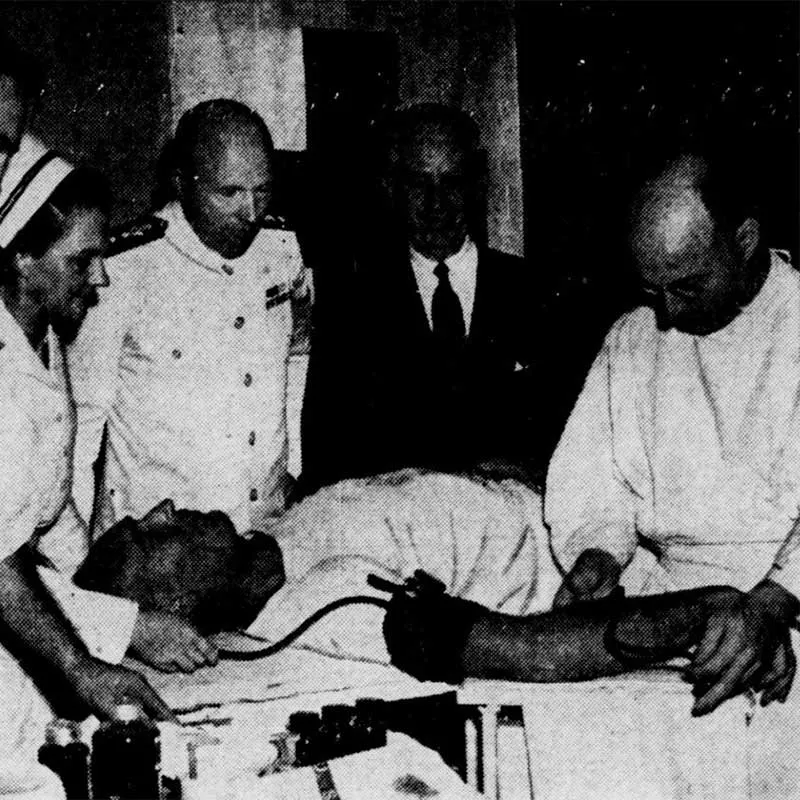
Father of the Blood Bank
Acclaimed surgeon who discovered method for long-term storage of blood plasma and organized America’s first large-scale blood bank.
Plasma is a clear, yellow liquid containing various proteins and electrolytes that carries blood cells and other substances through the body. It can be used as a blood substitute to help replace fluids and treat shock. There is an advantage to using plasma over whole blood in emergency situations because it:
- keeps longer without refrigeration
- won’t deteriorate when agitated during transport
- can be used with any blood type
- is much less likely to transmit diseases
- can be injected through veins, muscles, the skin, and in large doses

Charles Drew Items


